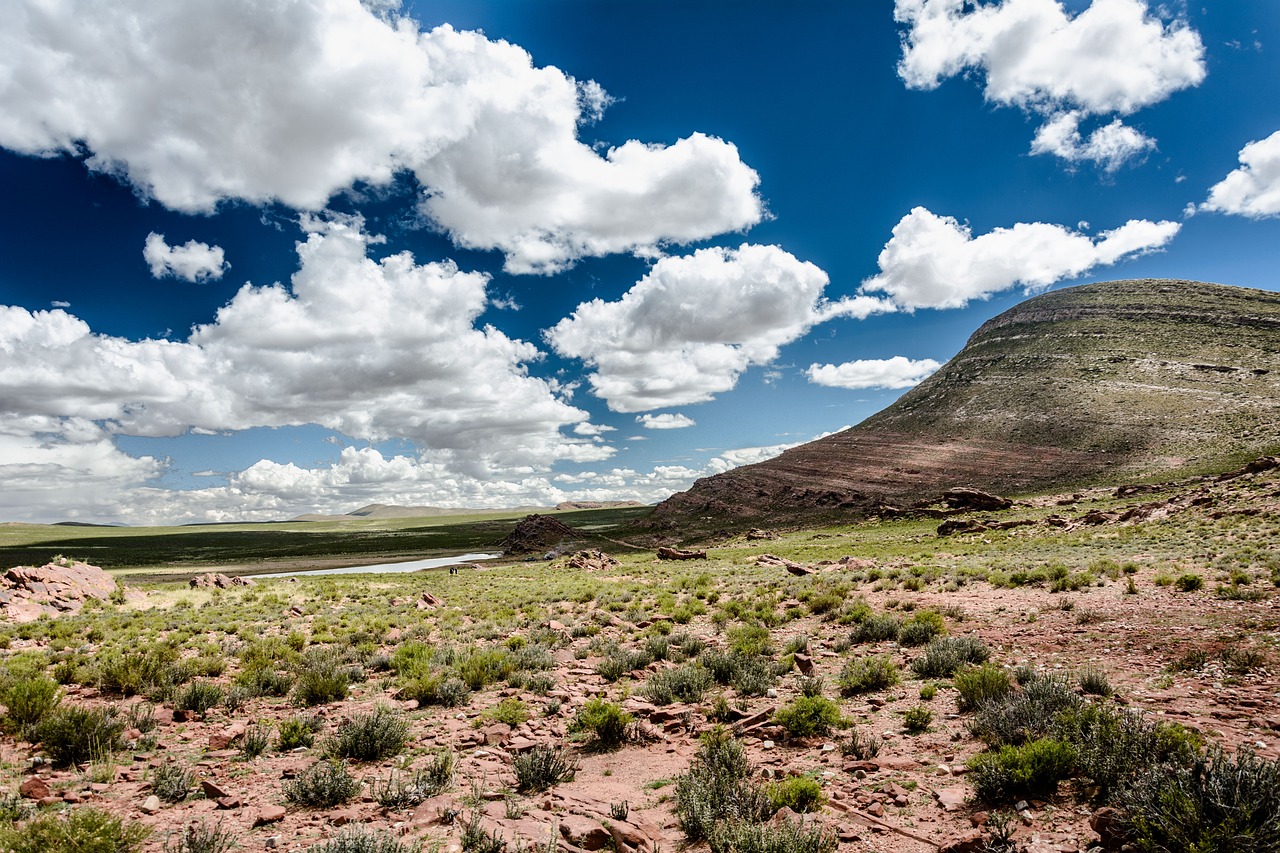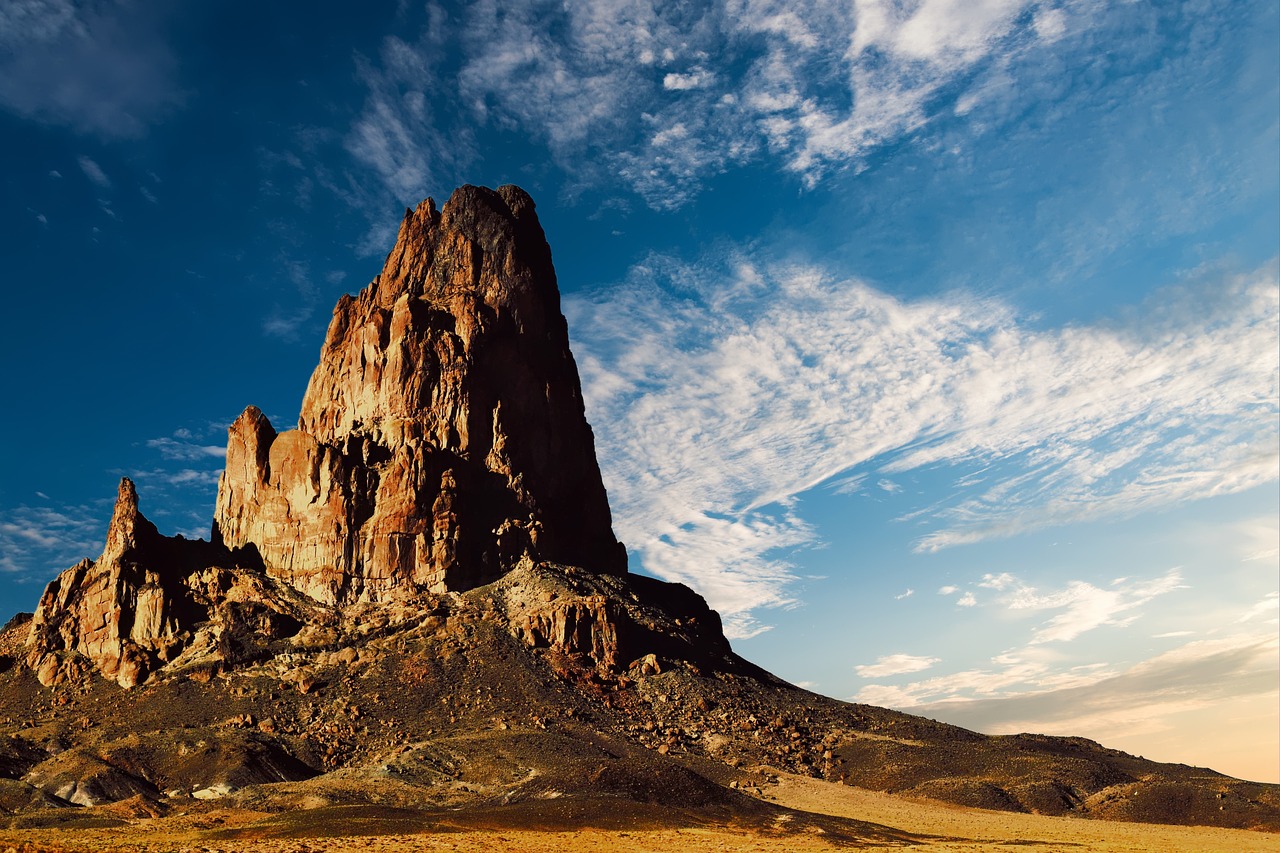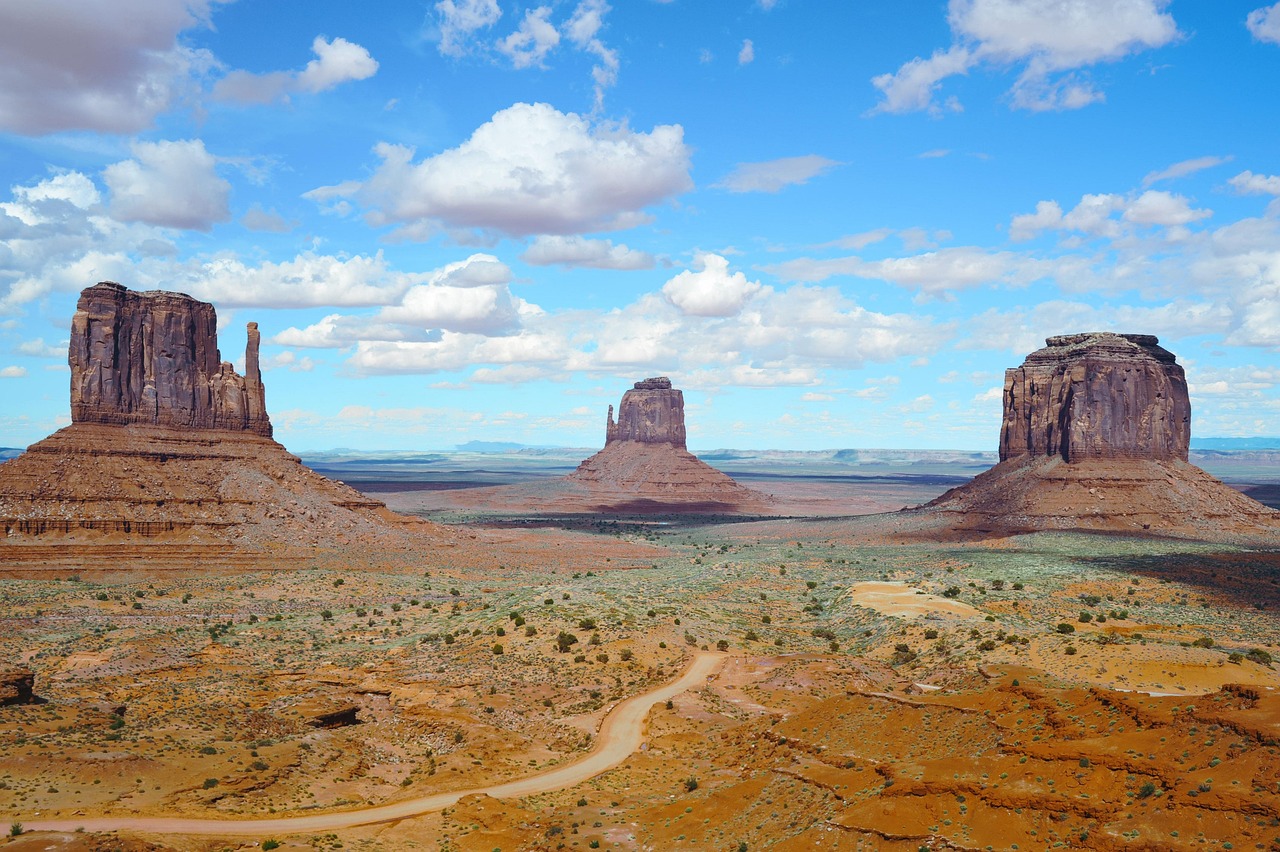The deserts of Arizona are home to a diverse and fascinating array of spider species. These arachnids play vital roles in their ecosystems, from controlling insect populations to serving as prey for larger animals. Despite their importance, many people are wary of spiders, often misunderstanding their behaviors and characteristics. In this article, we will explore the various spider species found in Arizona’s deserts, shedding light on their unique traits and ecological significance.
Arizona’s climate provides an ideal habitat for many spider species. The warm temperatures and arid conditions allow spiders to thrive in environments ranging from sandy dunes to rocky outcrops. With over 1,000 known spider species in the state, the variety is impressive. Each species adapts to its surroundings in unique ways, making them essential components of the desert ecosystem.

Spiders can be divided into several families, each with distinct characteristics. Some are known for their intricate webs, while others are ground-dwelling hunters. Understanding these differences is crucial for appreciating their roles in nature. Below is a table highlighting some common families of Arizona spiders along with notable traits:
| Spider Family | Common Species | Notable Traits |
|---|---|---|
| Araneidae | Black Widow | Known for their venomous bite and distinctive hourglass marking. |
| Lycosidae | Wolf Spider | Active hunters with excellent eyesight; do not spin webs. |
| Theridiidae | Brown Widow | Similar to the Black Widow but less aggressive; lighter coloration. |
| Salticidae | Jumping Spider | Small and agile; known for their jumping ability and large eyes. |
Common Arizona Spiders
Among the most well-known spider species in Arizona is the Black Widow. This spider is infamous for its venomous bite. However, it is essential to note that they are generally not aggressive and will only bite when threatened. The female Black Widow is easily recognizable by her shiny black body and the distinctive red hourglass marking on her abdomen.
Another common resident of Arizona is the Wolf Spider. Unlike many other spiders, Wolf Spiders do not spin webs to catch their prey. Instead, they are active hunters, relying on their speed and keen eyesight. They can often be seen scuttling across the desert floor in search of insects.
The Brown Widow is also prevalent in Arizona. Although it shares some similarities with the Black Widow, it tends to be less aggressive and is often found in gardens and yards. Its coloration is typically lighter, which can help it blend into its surroundings.
Jumping Spiders are another fascinating group found in Arizona. They are small but incredibly agile. With their large front-facing eyes, they have excellent vision that aids them in hunting down prey. Jumping Spiders are known for their unique behavior of jumping to catch their food rather than using webs.
Understanding these spiders’ ecological roles enhances our appreciation for them. They contribute significantly to controlling pest populations and maintaining a balanced ecosystem within the desert environment. Their presence signifies a healthy habitat, underscoring the interconnectedness of all living organisms.
As we delve deeper into Arizona’s desert ecosystems, we will uncover more about these incredible arachnids and their interactions with the environment around them.
Spider Habitats in Arizona
The habitats of Arizona’s spiders are as diverse as the species themselves. From sandy deserts to rocky terrains, these arachnids have adapted to thrive in various environments. Understanding their habitats is essential for appreciating their behaviors and survival strategies.
Desert habitats offer unique challenges to spiders. They must contend with extreme temperatures, limited moisture, and varying availability of prey. Here are some common habitats where Arizona spiders can be found:
- Sandy Dunes: These areas provide a warm environment where ground-dwelling spiders, like the Desert Recluse, can easily camouflage themselves.
- Rock Outcrops: Rocky terrains offer shelter and hunting grounds for many species, such as the Wolf Spider, which can hide among the crevices.
- Desert Vegetation: Cacti and shrubs serve as critical habitats for web-building spiders like the Orb Weaver, providing both shelter and access to prey.
- Human Habitats: Many spiders adapt well to urban areas, where they can be found in gardens, garages, and homes, preying on insects that thrive in these environments.
Behavioral Adaptations
Spiders in Arizona have developed various behavioral adaptations that enhance their survival in harsh desert conditions. These adaptations help them find food, evade predators, and reproduce effectively.
- Nocturnal Activity: Many species, including the Black Widow and Wolf Spider, are primarily active at night. This behavior helps them avoid the heat of the day and reduces water loss.
- Burrowing: Some spiders create burrows in the ground to escape extreme temperatures. The Desert Tarantula is known for its burrowing habits, which provide protection from predators and environmental extremes.
- Mimicry and Camouflage: Many spiders possess coloration or patterns that allow them to blend into their surroundings. For example, the Sand Spider uses its sandy coloration to hide from both prey and predators.
- Web Construction Techniques: Different spider species utilize unique web designs to catch prey effectively. For instance, Orb Weavers create intricate webs that can capture flying insects.
Feeding Habits
The feeding habits of Arizona spiders vary widely depending on the species. Most spiders are carnivorous and primarily feed on insects. However, their methods of hunting and capturing prey differ significantly.
Some key feeding strategies include:
- Web-Spinning: Spiders like the Orb Weaver spin webs to trap unsuspecting prey. These webs are often found in areas with high insect traffic.
- Ambush Hunting: Species such as the Jumping Spider actively stalk and pounce on their prey rather than using webs.
- Active Hunting: Wolf Spiders rely on their speed and agility to chase down insects. They do not use webs but hunt tirelessly across the desert floor.
The Role of Spiders in the Ecosystem
Spiders play a crucial role in maintaining ecological balance within Arizona’s deserts. They are predators of various insects that can become pests if left unchecked. By controlling insect populations, spiders contribute to the health of their ecosystems.
The presence of diverse spider species indicates a balanced environment. When spider populations are healthy, it often correlates with a stable ecosystem that supports a variety of other wildlife. This interconnectedness highlights the importance of preserving spider habitats for overall ecological health.

As we continue exploring Arizona’s spiders, we will delve into specific species’ adaptations and behaviors that showcase their incredible survival strategies in this unique environment.
Common Spider Species Found in Arizona

Arizona’s unique climate and geography support a wide variety of spider species, each exhibiting fascinating adaptations. In this section, we will explore some of the most common spiders found in the state, highlighting their characteristics, habitats, and behaviors.
1. Black Widow Spider
The Black Widow is one of the most recognizable spiders in Arizona. This species is notorious for its venomous bite, which can be dangerous to humans. Identifiable by its glossy black body and distinctive red hourglass marking on the underside of its abdomen, the female Black Widow is particularly well-known.
- Habitat: Often found in dark, undisturbed areas like woodpiles, sheds, or garages.
- Behavior: These spiders spin irregular webs and tend to be more active at night.
- Diet: Primarily feeds on insects, including flies and moths.
2. Wolf Spider
The Wolf Spider is a robust and agile predator known for its hunting prowess. Unlike many spiders, it does not spin webs to catch prey. Instead, it actively hunts down insects.
- Habitat: Commonly found in grasslands and shrublands, often hiding under rocks or logs.
- Behavior: Nocturnal hunters that rely on their excellent vision and speed.
- Diet: Feeds on a variety of insects, including crickets and beetles.
3. Brown Recluse Spider
The Brown Recluse is another spider that garners attention due to its potential danger. While bites are rare and often occur when the spider is inadvertently disturbed, it is crucial to be aware of this species.
- Habitat: Prefers dark, secluded areas such as basements, attics, and cluttered spaces.
- Behavior: Generally reclusive and prefers to avoid human contact.
- Diet: Feeds on small insects, often found in similar habitats as the Black Widow.
4. Desert Tarantula
The Desert Tarantula is a large and impressive spider that captivates many with its size and appearance. These spiders are often misunderstood and feared due to their size but are generally non-aggressive.
- Habitat: Found in burrows in sandy or rocky areas; they dig deep into the ground for shelter.
- Behavior: Mostly nocturnal, they emerge at night to hunt for food.
- Diet: Feeds on insects such as crickets and beetles, occasionally preying on small lizards.
5. Jumping Spider
Jumping Spiders are small yet fascinating creatures known for their remarkable jumping ability. They possess excellent vision thanks to their large front-facing eyes.
- Habitat: Often found in gardens, on plants, or around windows where they can easily spot prey.
- Behavior: Active hunters that stalk and pounce on their prey rather than spinning webs.
- Diet: Feeds on various small insects, including flies and aphids.
Diversity and Adaptations
The diversity of spider species in Arizona reflects the ecological richness of the desert environment. Each species has adapted uniquely to survive in this challenging landscape. From the venomous Black Widow to the agile Jumping Spider, these arachnids showcase a range of survival strategies that allow them to thrive amidst the arid conditions of Arizona.
As we further investigate these remarkable spiders, we will examine their specific adaptations that contribute to their survival and roles within their ecosystems.
Unique Adaptations of Arizona Spiders

The survival of Arizona spiders hinges on their unique adaptations to the desert environment. These adaptations not only help them to thrive but also enable them to play crucial roles in the ecosystem. Let’s explore some of these fascinating adaptations in more detail.
1. Water Conservation
In the arid conditions of Arizona, water conservation is vital for survival. Many spiders have developed physiological adaptations that minimize water loss. For instance, some species possess a waxy coating on their exoskeletons that helps retain moisture, while others are capable of metabolizing food into water.
2. Temperature Regulation
The desert temperatures can be extreme, ranging from scorching heat during the day to cool nights. To cope with these fluctuations, spiders often engage in behaviors that help regulate their body temperature. For example, some may burrow underground during the hottest parts of the day, emerging at night to hunt.
3. Camouflage and Mimicry
Camouflage is another essential adaptation that aids in both predation and protection. Many Arizona spiders have evolved colors and patterns that allow them to blend seamlessly into their surroundings. For instance, the coloration of the Sand Spider helps it remain unnoticed in sandy environments. Additionally, some spiders exhibit mimicry, resembling other species or even inanimate objects to evade predators.
4. Specialized Web Designs
Web-building spiders in Arizona have developed specialized web structures tailored to their specific hunting strategies. For example, Orb Weavers create intricate spiral webs that are effective at catching flying insects. In contrast, funnel-web spiders construct webs with a funnel shape, allowing them to ambush unsuspecting prey that ventures too close.
Interactions with Other Species
Arizona spiders do not exist in isolation; they are part of a complex web of interactions with other organisms. Their relationships with various species highlight their importance in maintaining ecological balance.
- Predation: As predators, spiders help control insect populations, which can prevent outbreaks of pests that might otherwise harm plants and crops.
- Prey: Conversely, spiders serve as a food source for many larger animals, including birds, mammals, and reptiles, creating an important link in the food chain.
- Symbiotic Relationships: Some spiders may form symbiotic relationships with other species, such as certain plants that offer shelter in exchange for protection from herbivores.
Final Thoughts
Arizona’s diverse array of spider species showcases the incredible adaptability and resilience of these arachnids in a challenging environment. From the venomous Black Widow to the agile Jumping Spider, each species plays a vital role in its ecosystem. Their unique adaptations for survival—such as water conservation, camouflage, and specialized hunting techniques—demonstrate nature’s remarkable ingenuity.
As we deepen our understanding of these fascinating creatures, it becomes clear that spiders are not merely pests to be feared but essential components of Arizona’s ecological tapestry. By appreciating their roles and contributions, we can foster a greater respect for these often-misunderstood inhabitants of the desert.
Ultimately, recognizing the significance of Arizona’s spiders encourages us to protect their habitats and maintain the delicate balance of the ecosystems they inhabit. With continued awareness and education about these incredible arachnids, we can ensure that future generations appreciate their beauty and importance in our natural world.
